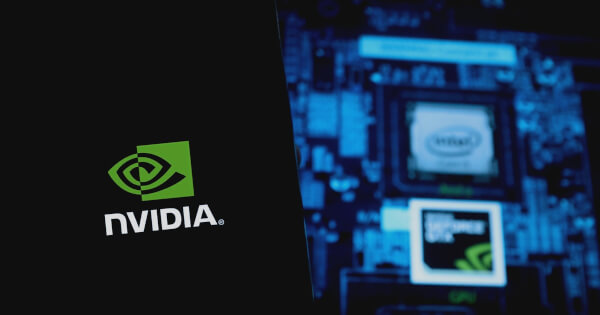NVIDIA RTX AI Boosts Image Editing with FLUX.1 Kontext Release
Lawrence Jengar Jul 02, 2025 15:34
NVIDIA RTX AI and TensorRT enhance Black Forest Labs' FLUX.1 Kontext model, streamlining image generation and editing with faster performance and lower VRAM requirements.

In a significant development for AI-driven image generation, NVIDIA's RTX AI and TensorRT have been integrated into Black Forest Labs' latest model, FLUX.1 Kontext, according to the NVIDIA Blog. This collaboration aims to enhance the model's performance and accessibility for creators and developers.
Streamlined Image Generation and Editing
FLUX.1 Kontext, developed by Black Forest Labs, is designed to simplify the image generation process by allowing users to employ a single model for both creation and editing tasks. The model supports natural language inputs, enabling intuitive and guided image modifications. NVIDIA's optimization with TensorRT further accelerates the model's performance, reducing the VRAM footprint and improving inference speed with RTX GPUs.
Key Features of FLUX.1 Kontext
The FLUX.1 Kontext model introduces several innovative features that enhance user experience in image editing:
- Character Consistency: Maintains unique traits across multiple scenes.
- Localized Editing: Allows targeted modifications without affecting the entire image.
- Style Transfer: Applies the aesthetic of a reference image to new compositions.
- Real-Time Performance: Enables fast feedback and iteration with low latency.
These capabilities make FLUX.1 Kontext a versatile tool for creators seeking to refine images with precision and style.
Optimizations for RTX and TensorRT
FLUX.1 Kontext has been optimized for NVIDIA RTX GPUs using the TensorRT software development kit. This optimization process includes model quantization, which reduces the model size significantly. The FP8 and FP4 checkpoints are tailored for GeForce RTX 40 and 50 Series GPUs, respectively, using advanced quantization techniques like SVDQuant to maintain high image quality.
TensorRT facilitates access to RTX GPUs' Tensor Cores, doubling the model's performance compared to traditional methods. This advancement underscores NVIDIA's commitment to enhancing AI model efficiency and accessibility.
Availability and Future Developments
The FLUX.1 Kontext model is now accessible on platforms like Hugging Face, and users can explore its capabilities through ComfyUI and the Black Forest Labs Playground. NVIDIA is also developing sample code to integrate TensorRT pipelines into existing workflows, set to be available later this month.
In related news, NVIDIA announced the release of Gemma 3n, a multimodal language model optimized for RTX and Jetson platforms, expanding AI applications in edge computing and robotics.
Image source: Shutterstock.jpg)
